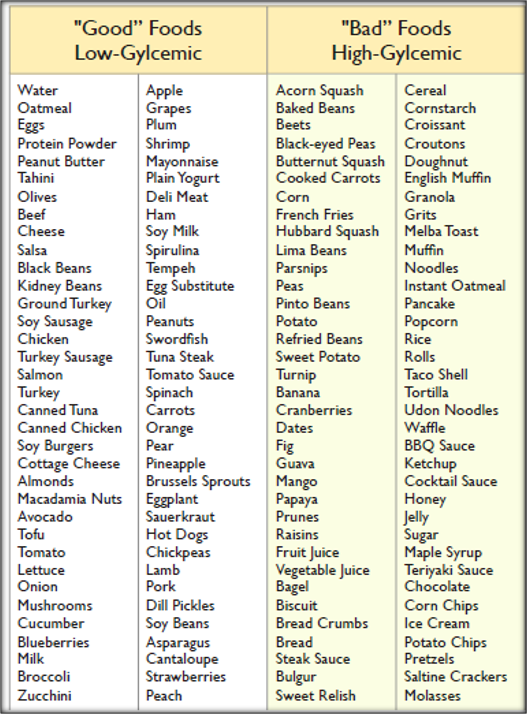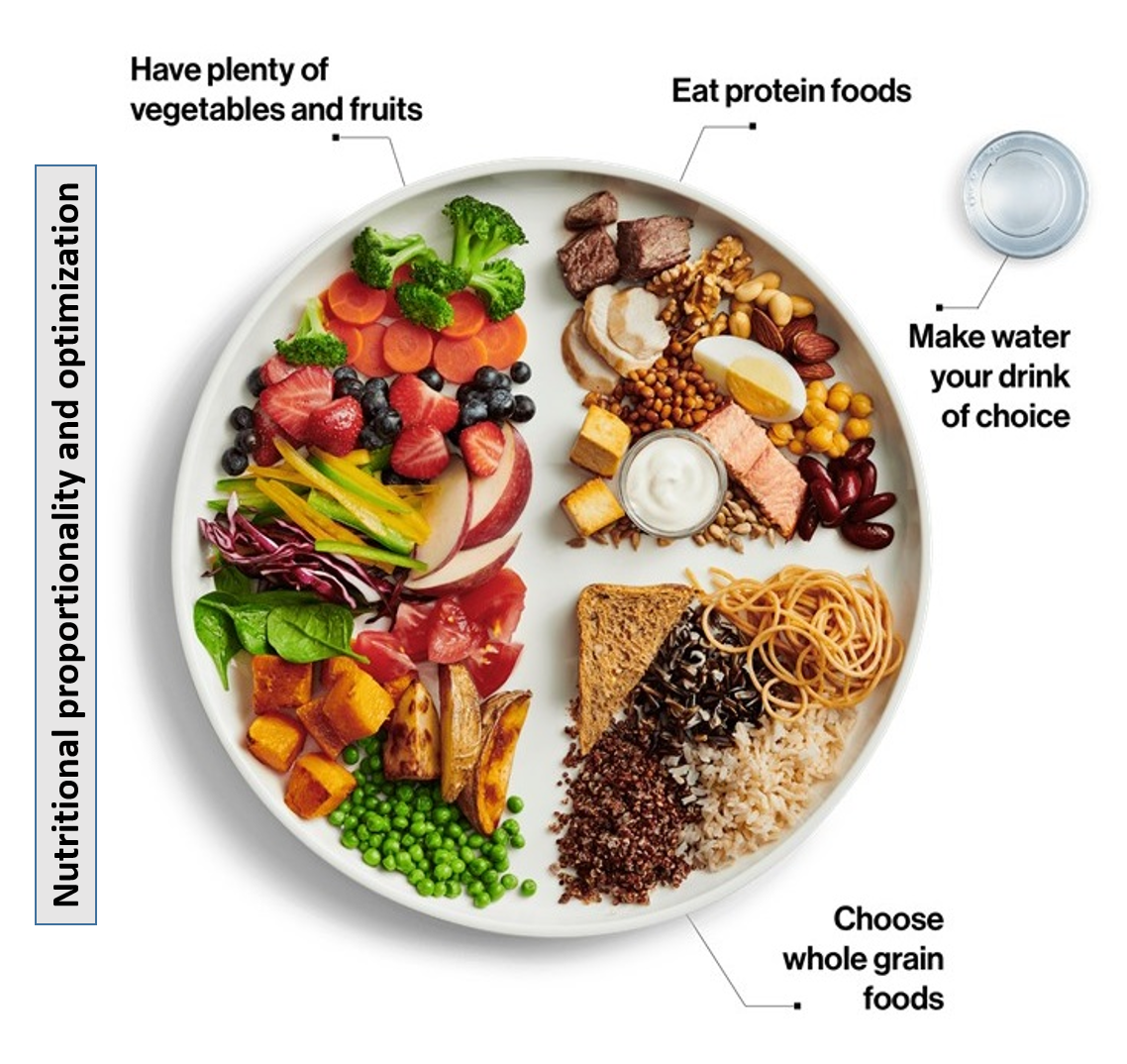Diet for Diabetes should include the following simple 3 point approach-
1. Selection of Food Items:
- This should be done considering the Glycemic Index (GI) of foods which is a ranking according to glycemic load (ability to raise blood sugar). Select Good – low GI (55 or less) foods and avoid Bad – high GI (>70) foods. Look for the GI load of food items you buy. Low GI options include whole grains, natural muesli, oats, legumes, vegetables, yogurt, fresh fruits, dried fruits, nuts, and soy.
- Daily cooking oils can include oils like olive, sunflower, rice bran, or sesame. Coconut or Palm oil can also be used 2-3 times a week. 2 teaspoons per person per day is the recommended measure while cooking.

2. Deciding the Proportion of Nutrients:
Your meal plate should be proportional as well as optimal in all nutrients:
- 1/2 plate with vegetables (all green vegetables, tomatoes and carrots).
- 1/4 plate with a starchy item like whole wheat (as roti/breads), brown rice, potato, corn, or any of the pulses (beans, peas or lentils).
- 1/4 plate with a protein item like lean meat, chicken, or egg. (vegetarian protein sources – paneer/tofu/cottage cheese, yogurt, soyabean, almonds). For vegetarians, pulses are good sources of proteins as well as starch, so the plate can have 1/2 non-starchy vegetables, 3/8ths pulses, 1/8th non-pulse protein source.
- Omega 3 fat sources should also be included in either lunch or dinner twice a week like fish (salmon, tuna, herring, mackerel, trout) I the 1/4 protein component. (Vegetarians can cook in canola, soyabean, flaxseed oils or take walnuts twice/week).
- Include at least one fruit daily as a snack or part of the vegetable half of your meal plate.
- Include one unsweetened beverage and at least 1.5-2 liters of water in your daily diet plan.



3. Meal timings and frequency
- Timely meals are important.
- If the gap between the meals is more than 3-4 hours, have a healthy mid-snack like a whole grain cracker, a fruit, nuts/avocados, yogurt, low fat non-fried items or buttermilk. A similar snack can be had at bedtime if the gap between dinner and bedtime is more than 3 hours.
- Meals should not be unduly delayed or skipped. Do not eat very heavily in any single meal.
One should ideally design one’s diet with the help of the diabetologist and nutritionist who take into account the personalized glycemic response (PGR) of various foods. Personalized glycemic response (PGR) refers to differences in postprandial (post-meal) rise in blood sugar between two people after consumption of the same food.
Medicines should be taken in strict accordance with dose, frequency and relation with meals as prescribed. Doses should not be skipped or changed on one’s own.
Further Reading –
Diabetes: Understanding health risks and effective diet-lifestyle measures
Incorporating the DASH diet to reduce BP, BMI and Cardiovascular risk

